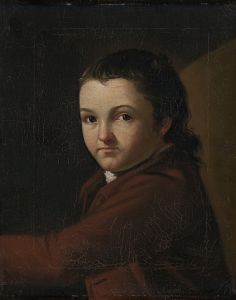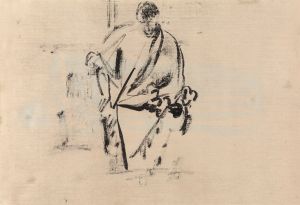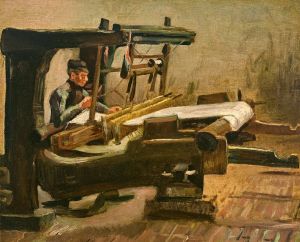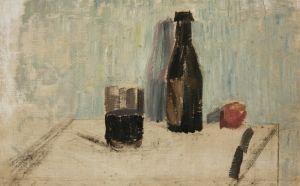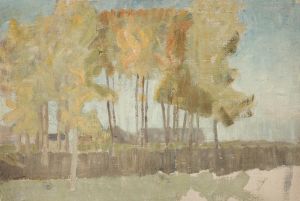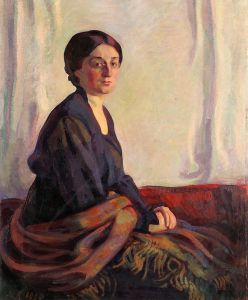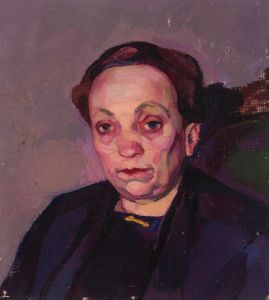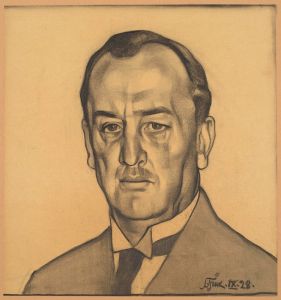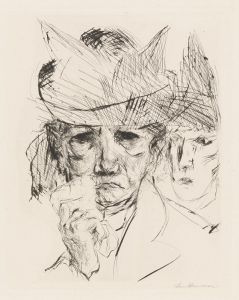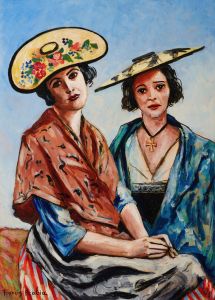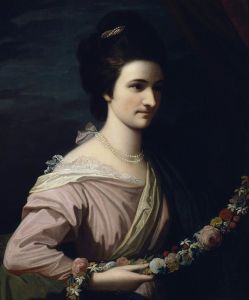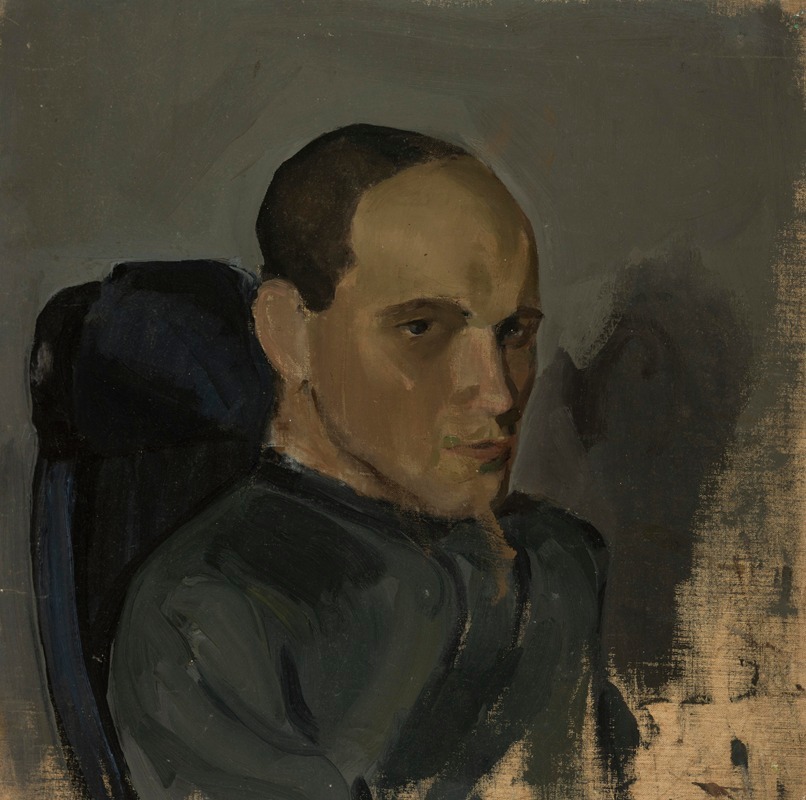
Mehe rindportree
A hand-painted replica of Nikolai Triik’s masterpiece Mehe rindportree, meticulously crafted by professional artists to capture the true essence of the original. Each piece is created with museum-quality canvas and rare mineral pigments, carefully painted by experienced artists with delicate brushstrokes and rich, layered colors to perfectly recreate the texture of the original artwork. Unlike machine-printed reproductions, this hand-painted version brings the painting to life, infused with the artist’s emotions and skill in every stroke. Whether for personal collection or home decoration, it instantly elevates the artistic atmosphere of any space.
Nikolai Triik's Mehe rindportree (translated as Portrait of a Man) is a notable work by the Estonian artist Nikolai Triik (1884–1940), a central figure in early 20th-century Estonian art. Triik was a painter, graphic artist, and one of the leading members of the Estonian art movement known as the "Noor-Eesti" (Young Estonia), which sought to modernize Estonian culture and integrate it with broader European artistic trends.
Mehe rindportree is an oil painting that exemplifies Triik's skill in portraiture and his ability to capture the psychological depth of his subjects. The painting is believed to have been created during the early 20th century, a period when Triik was heavily influenced by Symbolism and Expressionism. These influences are evident in the painting's use of bold brushstrokes, a rich color palette, and an emphasis on the emotional and intellectual character of the sitter.
The subject of Mehe rindportree is an unidentified man, depicted in a half-length pose. The composition focuses on the sitter's face and upper body, with a neutral or subdued background that draws attention to the figure. The man's expression is introspective, suggesting a sense of thoughtfulness or contemplation. This approach aligns with Triik's broader interest in exploring the inner lives of his subjects, a hallmark of his portrait work.
Triik's artistic education and career were shaped by his studies in various European art centers. He studied at the St. Petersburg Academy of Arts and later continued his education in Finland and Paris, where he was exposed to contemporary European art movements. These experiences enriched his artistic vocabulary and allowed him to develop a unique style that blended Estonian cultural identity with modernist influences.
Mehe rindportree is considered an important example of Triik's contribution to Estonian art and his role in shaping the nation's visual culture during a time of significant political and cultural change. His works, including this portrait, are celebrated for their technical mastery and their ability to convey a deep sense of individuality and humanity.
The painting is part of the collection of the Art Museum of Estonia, where it is preserved as a valuable piece of the country's artistic heritage. Triik's legacy continues to be honored in Estonia, where he is regarded as one of the pioneers of modern art in the region.





